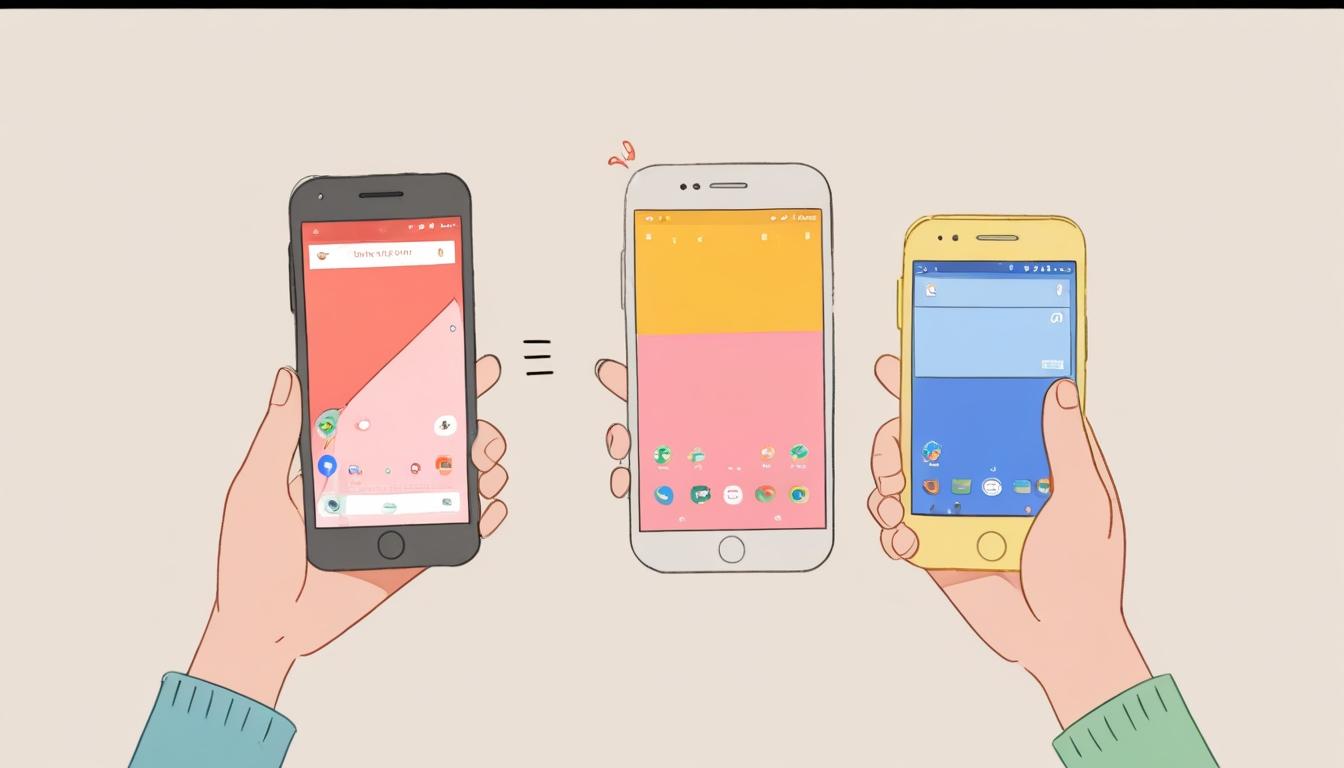Google launches a playful stop-motion ad highlighting Apple’s delayed adoption of features like Night Mode and Magic Eraser, coinciding with speculation that the upcoming iPhone 17 may borrow design cues from the Pixel.
In the evolving landscape of smartphone marketing, Google has released a new advertisement that critiques what it views as Apple's slow adoption of innovative features. The advertisement, featuring a dialogue between a Google Pixel and an iPhone, pokes fun at Apple’s tendency to integrate features that Google often pioneers first. This ad coincides with ongoing speculation regarding the design of the upcoming iPhone 17, which is rumoured to reflect aspects of Google's design language.
The ad, rendered in stop-motion, illustrates a conversation where the iPhone teases the Pixel about its delayed feature rollouts. The iPhone’s comments highlight specific examples such as Google's introduction of the Night Sight feature, which Apple subsequently mirrored with its Night Mode a year later, and Google's Magic Eraser, which Apple followed up with its Clean Up feature three years later. Concluding with the iPhone echoing the Pixel's sentiment that “these rumours are just rumours,” the ad serves as both a critique and a humorous commentary on market dynamics between the two tech giants.
Creative Bloq notes that while the advertisement is not regarded as a groundbreaking piece of marketing, it has garnered a more favourable reception compared to previous anti-Apple ads from other companies, including Intel and Samsung. Critics within social media circles have commented positively on the ad's approach, some citing its return to the playful rivalries reminiscent of the Coca-Cola and Pepsi commercial wars.
The timing of this ad aligns with the speculation around the iPhone 17's design, which is predicted to feature a horizontal camera array akin to that of the Google Pixel. This comparison has not gone unnoticed, with many observers suggesting that if such design choices materialise, they may reinforce Google's message about innovation stagnation at Apple.
The nature of competitive advertising has drawn attention to the implications of heavily featuring one's rivals in promotional materials. While the ad has resonated well with audiences, some analysts caution that it may indicate Google's secondary market position; should Apple unveil significant advancements at its upcoming event in September, the effectiveness of this strategy might be called into question.
As the competition between these tech behemoths intensifies, the landscape of smartphone marketing continues to evolve, highlighting the dynamics of innovation, design, and consumer perception.
Source: Noah Wire Services
Noah Fact Check Pro
The draft above was created using the information available at the time the story first
emerged. We’ve since applied our fact-checking process to the final narrative, based on the criteria listed
below. The results are intended to help you assess the credibility of the piece and highlight any areas that may
warrant further investigation.
Freshness check
Score:
8
Notes:
The narrative discusses a recent Google advertisement and speculation about the iPhone 17, both topics that reflect current market conversations. No immediate evidence of the content being recycled from older articles or press releases; however, as these topics frequently recur in tech media, some risk of overlap with prior coverage exists. The discussion of Apple's upcoming event and the timing of the advertisement suggest the narrative is timely and warrants a high freshness rating.
Quotes check
Score:
6
Notes:
The narrative paraphrases the dialogue from the advertisement and includes a direct quote (“these rumours are just rumours”), but does not provide attribution to a specific spokesperson or press release. Attempts to trace the earliest online reference of this quote were inconclusive, as similar sentiments are common in tech marketing. The use of paraphrasing and lack of attribution suggest the quote may not be uniquely original, but it is consistent with observed marketing strategies.
Source reliability
Score:
7
Notes:
Creative Bloq is a well-known design and technology publication, but is not classified as a news wire or internationally recognised journalistic entity like Reuters or BBC. The narrative therefore benefits from moderate credibility, but with some limitations regarding its scope and depth.
Plausability check
Score:
8
Notes:
The claims about the advertisement and its context are plausible given recent trends in competitive smartphone advertising and ongoing speculation about the iPhone 17's design. No red flags were found regarding the likelihood of the described events or the described market strategies.
Overall assessment
Verdict (FAIL, OPEN, PASS): PASS
Confidence (LOW, MEDIUM, HIGH): MEDIUM
Summary:
The narrative is plausible and timely, referencing current marketing strategies and speculation about upcoming product launches. The reliability of Creative Bloq is moderate, and while the quoted dialogue is consistent with known advertising tropes, its originality cannot be fully verified. The main points align with ongoing industry developments, resulting in a credible but not definitive assessment.
